-
Posts
3,517 -
Joined
-
Last visited
-
Days Won
27
Content Type
Profiles
Forums
Blogs
Gallery
Events
Store
Posts posted by bigjarofwasps
-
-
One of the notable achievements of this new force was the introduction for the first time in Africa of finger-printing for forensic identification purposes. The world's first forensic fingerprint office had been established in Calcutta, India, in 1897. Sub-Inspector (later Chief Commissioner) W J Clarke of the NP's Criminal Investigation Department (CID) was convinced of the value of the system in law-enforcement and in 1898 he tried to introduce fingerprinting in Natal. Clarke received no support from his superiors but he was so convinced of the merits of the system that he launched it at his own expense. Eventually, the system was officially approved and, after increasing numbers of arrests and convictions, finger-printing became standard police procedure in Natal. By about 1910, there were more sets of finger-prints on file with the NP's CID than there were at any similar office in the British Empire, including Scotland Yard.
Given that the NP had a CID department, did they ever use the rank Detective?
This Long Service medal is named to 8886 (F) 2/C Det/Sgt. L. W. de Kock. I believe this medal was first issued in 1923, given that KOCK was serving during the Boer War, albeit not in the police granted. I'm curious to know when they first adopted the rank?
I assume the (F) means foot & 2/C means second class? Does Det/Const exist or did you have to be a Sgt before you could join CID in those days?
0 -
On 20/10/2018 at 20:19, bigjarofwasps said:
It's been a couple of years now since, I started this thread. Would be interested to know if anyone has added a Welsh named medal to their collection yet?
Still yet to see an example, come onto the market. They would appear to be very rare, would be interesting to see how much of a premium one would demand?
0 -
Another cracking write up Alan, thanks for sharing it with us.
I remember this auction well, his 87/97 medal went for a staggering sum and his 1911 for a song.
* staggering sum at the time, now I fear the norm!!!
0 -
19 hours ago, Egorka said:
These are issued by NGOs. I even believe, anyone can buy them for himself.
Can be purchased here from the manufacturer: http://www.vto-orden.com.ua/ru/catalog/award/znak-narodnoyi-poshani-geroj-chornobilya3
Many thanks for your reply.
Are you able to tell me what each of these awards are and what they are for?
0 -
-
-
Another cracking read Alan, well researched!!
Yet again I’m green with envy ??!!!!!
0 -
17 hours ago, Mike McLellan said:
Beautiful display, Dave! I’m afraid that my collection has become overrun with clutter; like weeds in an unkempt garden. Very nice job.
Mike
Cracking display Dave, would love to do the same with my collection!
But like Mike, mine is more like a hoarders nightmare ???.
0 -
-
-
-
THE PRESTBURY CIVIL WAR HOARD, 2004
The Prestbury Civil War Hoard, 2004
This hoard was found on 15 June 2004 by Jason Scott in the course of his digging footings for a barn conversion at Prestbury, Cheshire. Totalling 1,366 coins, its content is typical of so many Civil War deposits, being mainly comprised of silver halfcrowns, shillings and sixpences from the coinages of Edward VI to Charles I. Also included are groats of Mary, Philip and Mary and Elizabeth I, again not unusual, together with some threepences of Elizabeth I. These denominations were in daily use whereas higher denominations were not and minor denominations were deemed unsuitable for hoarding. However, the hoard contains one gold coin, a laurel of James I, and some Scottish and Irish coins, mostly of James VI/I. The Tudor pieces are generally much worn from their years in circulation; most of the Scottish and Irish coins are bent, some coins have been clipped and others corroded from contact with soil. Their face value amounts to almost £43, a significant sum at the time.Large hoards from these turbulent times usually reveal items of interest and rarity and this hoard does not disappoint in that respect. Worthy of mention are a shilling of James I, mm. mullet over key on obverse, which omits the intervening bell mark (lot 57); an extremely rare sixpence of 1615 (lot 62); a previously unrecorded sixpence of 1616 (lot 63); two very rare Tower shiIIings of Charles I, mm. harp, with plume above the shield on the reverse (lots 109 and 11 0); a shilling from an obverse of Briot's hammered coinage muled with an ordinary Tower reverse (lot 148) and the only coin from a provincial mint, a sixpence struck at Aberystwyth (lot 149). There are also some contemporary forgeries (lot 150).
The land on which the find was made is known to have been owned by Thomas Legh, the Royalist High Sheriff of Cheshire, a prominent landowner who resided at Adlington Hall, Macclesfield. It was likely leased to a tenant farmer. The most recent coins bear the mintmark triangle-in-circle, in use 1641-3, suggesting this a very early deposit. On 15 July 1642, a month and a week before the King raised his Standard at Nottingham, the Royalist Lord Strange entered Manchester, predominantly of Parliamentarian persuasion, with a small body of his men and a fracas ensued, a precursor to the troubled times in store. In September Strange, by then Earl of Derby following the recent death of his father, laid siege to Manchester. This was something of an anti-climax from a Royalist standpoint and the reluctance of the Cheshire levies to serve outside of their own county doubtless had its effect. It might be reasonable to suggest this hoard was deposited at that time.
The hoard was contained in a cylindrical jar, found in six fragments, thought contemporary and of local manufacture in the Northwest Purple tradition. It was declared Treasure at an inquest held on 19 October 2004 and released to the finder, who has retained a few of the coins as mementos, earlier this year.
0 -
-
Silver coins were particularly effective against witches: the tradition of dropping silver coins into cream so witches could not keep it from churning lingered in Scotland into the 1880s.
Some lore insisted that a silver sixpence, used as a bullet, was the only effective weapon against witches who took the form of hares.
The folding of the sixpence may be a holdover from pagan practices: “The fold lines indicate that it was retained while bent for a lengthy period of time. By the time this coin was minted, bent coins had a centuries long history of use in sacred ritual. The bending process is believed to represent the creolization of Christian worship and pagan practices that include the ‘killing’ of an object to be devoted to a deity. As early as 1307, it was considered ‘the English custom’ to bend a coin as part of a vow to a particular saint.” Coins bent to invoke a saint were generally considered as a vow to make pilgrimage to a particular saint’s shrine. Bent coins could also be used in case of stormy weather or other disasters.
Back in the `Witch trial days` in Salem, Mass, it was believed that if you carried a
bent silver coin in your pocket this would ward-off witches.
Its why there were, it is believed, so many Massachusettes colonial coins were bent.
0 -
46 minutes ago, paul wood said:
It was believed that a bent coin offered protection against witchcraft. Re coins in buildings a coin of the date was often placed within the building. Our shed/garage was originally a small Georgian labourers cottage, a 1740's halfpenny was found in the brickwork when my father was doing some alterations.
Paul
Thanks Paul that's really interesting. Does the coin your Dad found still exist, would very much like to see a picture if it does.
Going back to the bent coin thing found this.....
In 1984, an archaeological collection at St. Inigoes, a long-standing Jesuit site in Maryland, uncovered an unusual coin: a 1596 Elizabeth I sixpence that had clearly been folded and straightened out again. Since silver coins have often been used in witchcraft and other rituals, the folding of the coin is a good indicator that it had been used as some kind of charm.
0 -
Whatever it is, someone has certainly put a lot of effort in to crafting it?
0 -
Thanks for your replies chaps, all very curious.
I have since found this.....
Coins with Holes
It is told that coins with holes are especially auspicious. An old superstition from England tells us that if you always carry a coin with a hole in your purse or pocket, you will never be without money.
During a new moon you must take your coin with the hole out of your pocket or purse. Hold the coin in your hand and spit on it for good luck. Return the coin to your pocket.
Also found that there was the custom in ye old days in England of putting a coin in the brick work above a door for good luck, along the sames lines as a horse shoe I suppose? Also the custom of putting shoes in walls for the same purpose?
Curious to know what the thinking behind bending a "witch coin" was all about? Do tell Paul.....
0 -
Thought this might be of interest?
I believe it was a custom in the New World, for Colonists to hammer a coin over their front door entrance to ward off witches and evil spirits. This example I'm led to believe was dug up from a Colonial homestead in Massachusetts.
Would be interested to know if anyone has ever heard of this custom or come across such an example before?
0 -
The Trial and Acquittal of John Lilburne, London, 1649, a silver medal, unsigned [by D. Ramage], draped bust left, iohn lilborne saved by the power of the lord and the integrity of his ivry, etc, rev. myles petty ste iles abr smith ion king, etc around central rose, 34mm, 12.94g (MI I, 385/3; E 177). About very fine and toned, very rare, and with an interesting provenance; the first major work by David Ramage £1,000-£1,400
The Trial and Acquittal of John Lilburne, London, 1649, a silver medal, unsigned [by D. Ramage], draped bust left, iohn lilborne saved by the power of the lord and the integrity of his ivry, etc, rev. myles petty ste iles abr smith ion king, etc around central rose, 34mm, 12.94g (MI I, 385/3; E 177). About very fine and toned, very rare, and with an interesting provenance; the first major work by David Ramage £1,000-£1,400
Provenance: SNC March 1968 (2156); I.R. Lilburn Collection; SNC February 2008 (CM 1153).
Ian Robertson Lilburn (1927-2013), Coull House, Aberdeenshire, was a direct descendant of John Lilburn (1740-99) of Tweedmouth, who in turn was said to be descended from one of Lilburne’s 10 children.
John Lilburne (1614-57), a Puritan who converted to the Quaker religion in the year before his death, fought for the Parliamentarians in the Civil War and was present at Edge Hill and Marston Moor, although between these two engagements he had been captured by royalists while in the parliamentary garrison at Brentford. An agitator for the the freeborn rights of Englishmen, he spent most of the later 1640s incarcerated in the Tower for denouncing his former military commander, the Earl of Manchester, as a royalist sympathiser. A campaign to free him spawned a new political party, the Levellers, which had a strong following in the New Model Army although Lilburne had begun to see the reality of life under Cromwell’s diktat and his supporters actively agitated for King Charles’s son, in exile in France, to finance the Leveller movement. Parliament passed a motion for Lilburne to be tried for high treason, as the King had been, but unlike the case of the monarch, a jury of 12 would decide Lilburne’s fate. The trial, which started on 24 October 1649, lasted two days and the jury, whose names are on the reverse of the medal, found him not guilty. For the next two years Lilburne remained politically inactive, but after a dispute concerning the ownership of collieries in his native co Durham, he was sentenced to pay a fine of £3,000 to the state and was banished for life.To be Sold on: 5th & 6th June 2019
Estimate: £1,000 - £1,400
0 -
Charles I (1625-1649), Chester mint, mm. three pellets on obv. only, crowned bust left with lace collar, rev. crowned oval shield with lion-skin garniture, 5.57g/6h (Lyall d/vi; Sharp, BNJ 1982, p.246, 2, and DNW 144, lot 210, same dies; SCBI Brooker –; N 2630/1; S 3133A). Struck from oversized dies on an irregular but full-weight flan, small scuff behind head and a surface crack on reverse, otherwise good very fine or better and excessively rare £20,000-£26,000
Provenance: Sold with a scrap of paper inscribed in pencil “Scarboro’ Antique Shop, £4.10., March ‘65”.
This extremely rare coin would seem to be part of an emergency coinage struck during the siege of Chester in order to pay the troops. Although the correct size and weight for a shilling, the inner circles on both sides are larger than normal. With a diameter of 24mm, the obverse die is of unusually detailed workmanship for a silver issue and cut in deeper relief than normal. It may have been intended for the striking of a gold coin and, in fact, the portrait bears a considerable resemblance to the unite illustrated as SCBI Brooker 1110. The reverse inner circle measures 26mm and the die is recorded by Lyall as being used on his halfcrown b/ii. As at other mints during the Civil War, the coins bear direct witness to the extraordinary circumstances at the time they were struck.To be Sold on: 5th & 6th June 2019
Estimate: £20,000 - £26,000
0 -
-
The second edition of this book presents a new and expanded exploration of the unusually varied coinage and currency of the ‘Great Rebellion’ of 1642-1660, a pivotal period in British history. It builds on further research available since its original publication in 1990, notably a fresh appraisal of the West Country mints of Sir Richard Vyvyan and new insights into the numerous hoards of the time. Along the way, we meet more of the people who willingly or unwillingly did business with the wartime mints.
Following a description of the currency in circulation in 1642 and a survey of the organisation of royalist minting during the war, the royalist mint-franchises are considered in turn. Foreign coinage, siege issues and the emergency coinages of Ireland are all described; and the story of the Tower Mint under Parliament is followed through the Interregnum of 1649-60 to the Restoration of Charles II. Minting methods at a time of transition from manual to mechanised production form an important subsidiary theme.
0 -
-
The final irony in the this case being that workmen engaged in repairing Miss Farmer's premises, discovered a tin box under the floor boards. In it were Miss Farmer's rings, watch and chain, bracelets and a great deal of jewellery, including diamond earrings, worth a great deal of money. Donovan and Wade had missed out on an absolute treasure trove; and if they had stolen any money, it could not have been a great deal. Four days after the murder when Wade was searched he had nothing in his pockets and as regards Donovan his worldly worth amounted to no more than 4 shillings and 11 and a half pence.
0




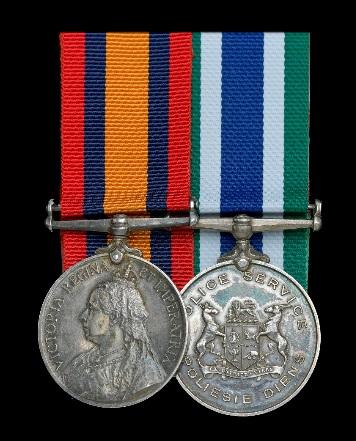

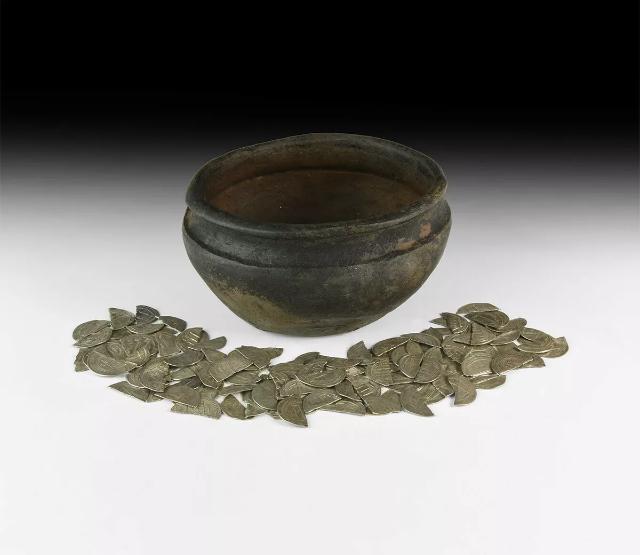
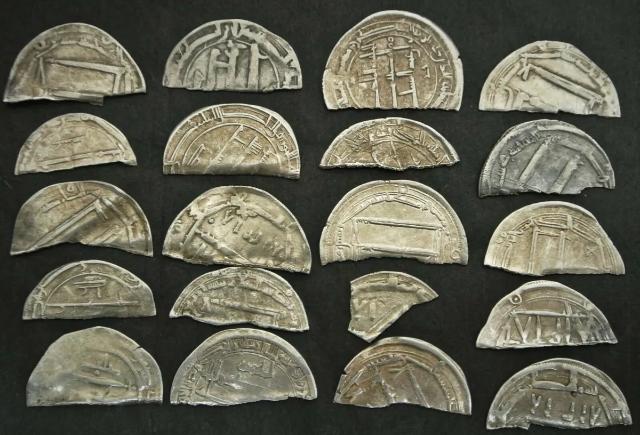
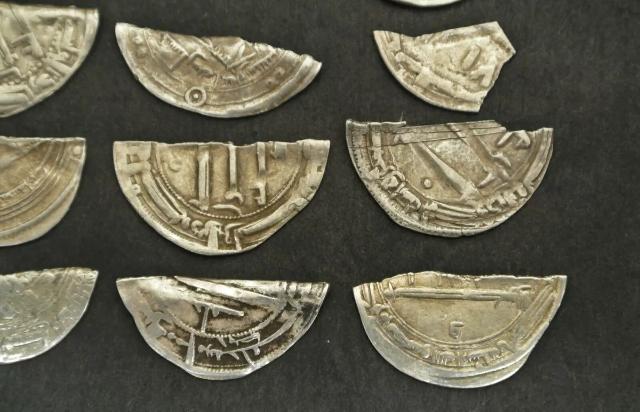
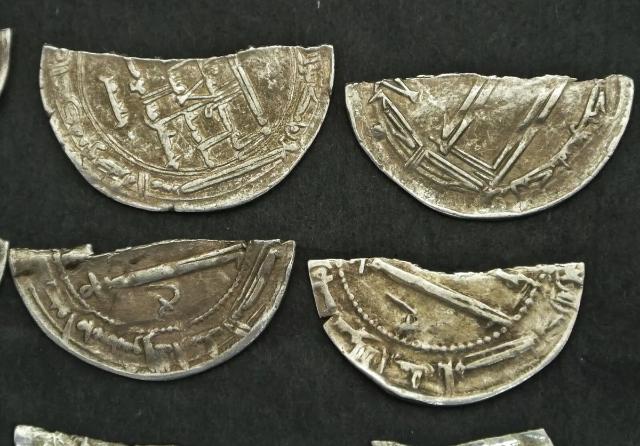
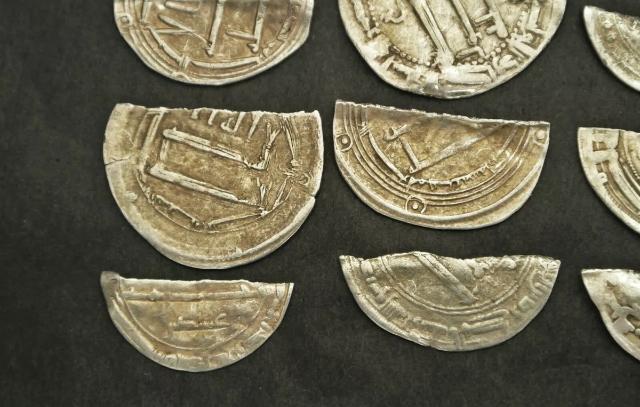
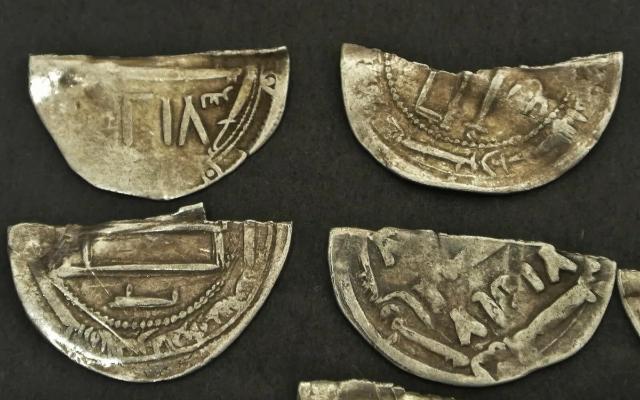

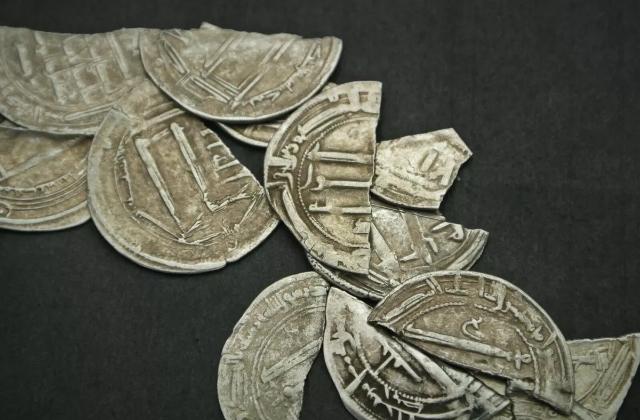

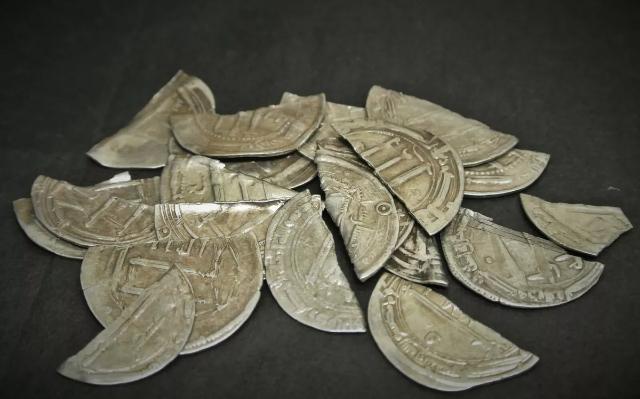
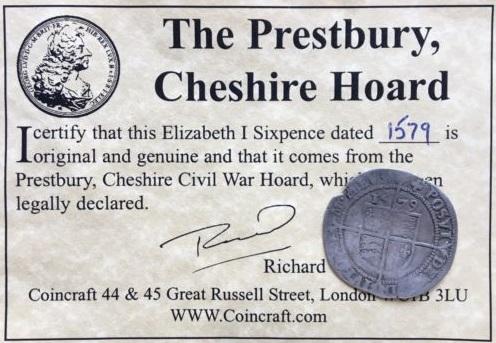

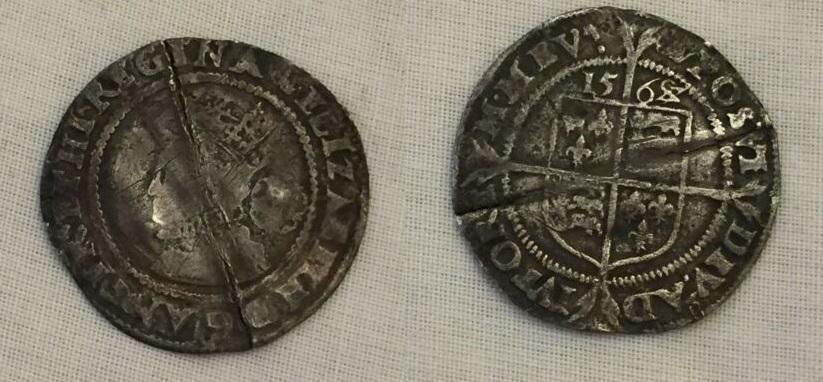
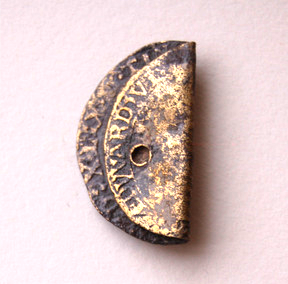
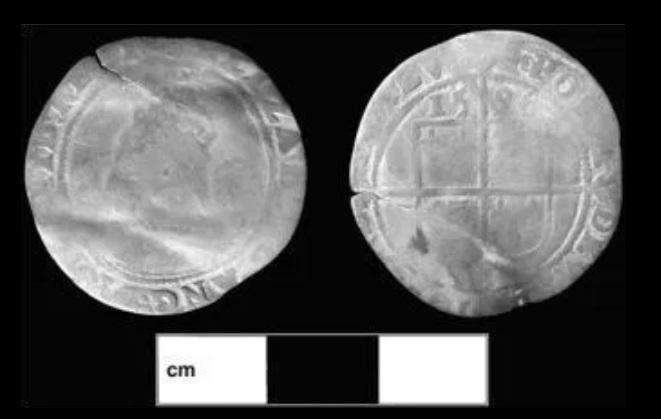
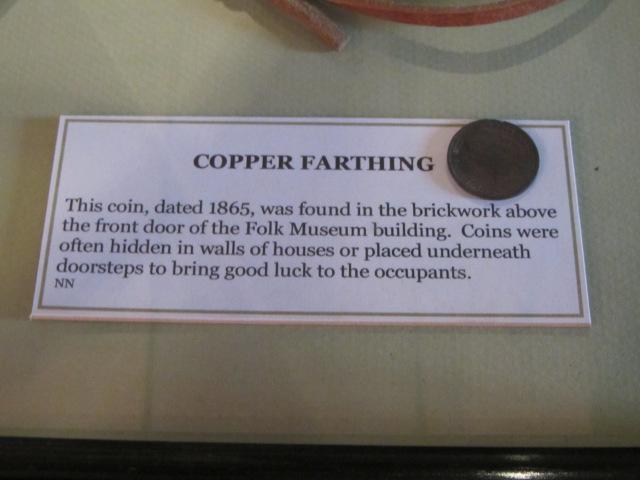
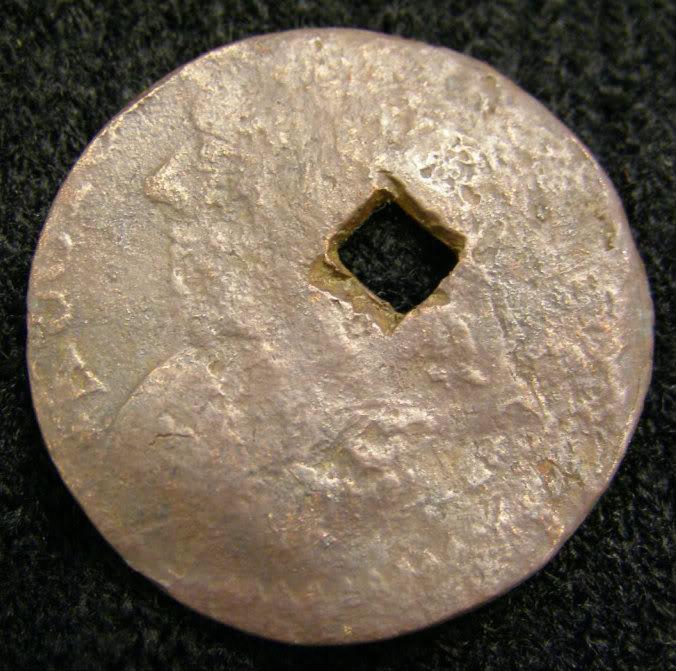

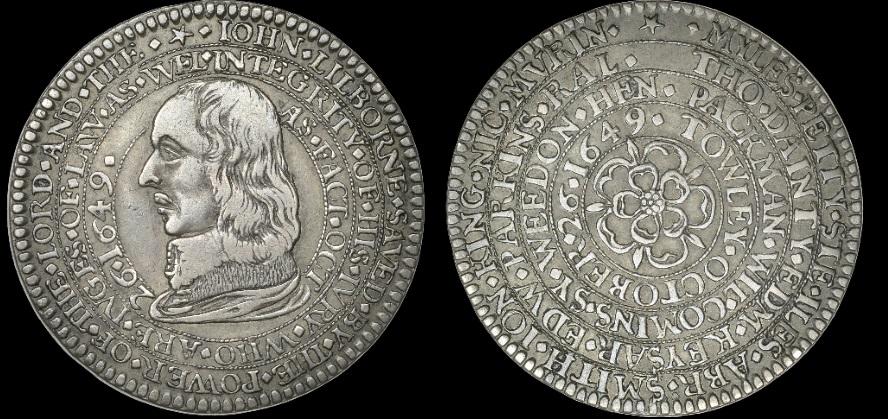
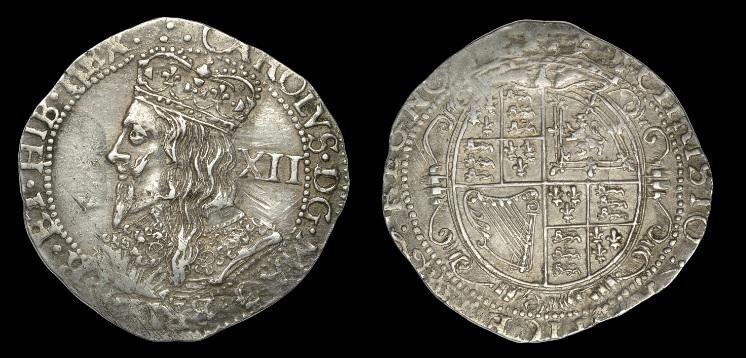
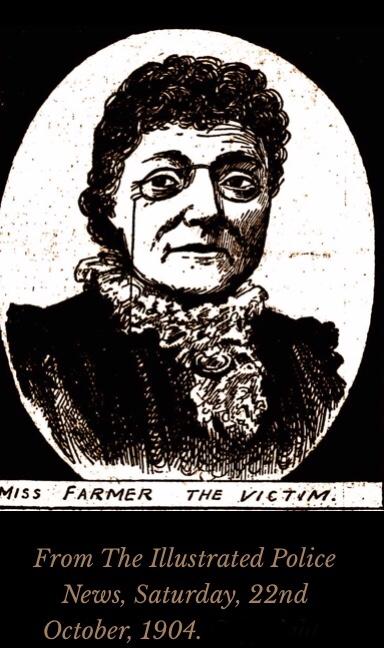
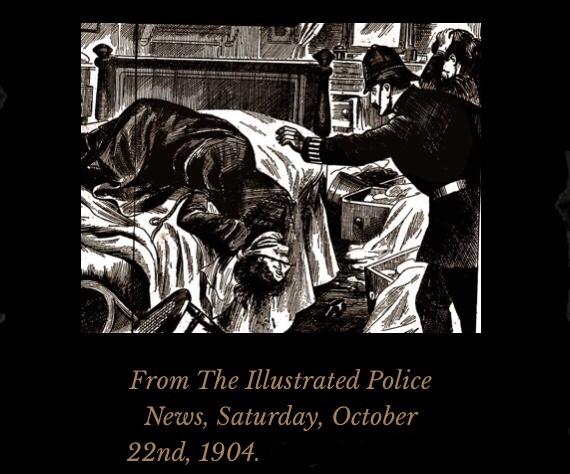
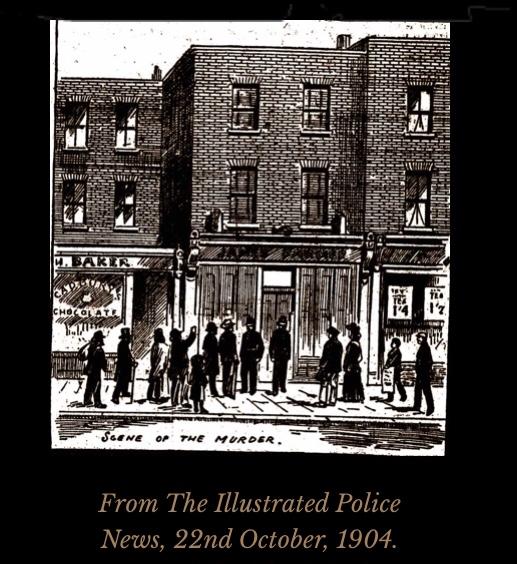

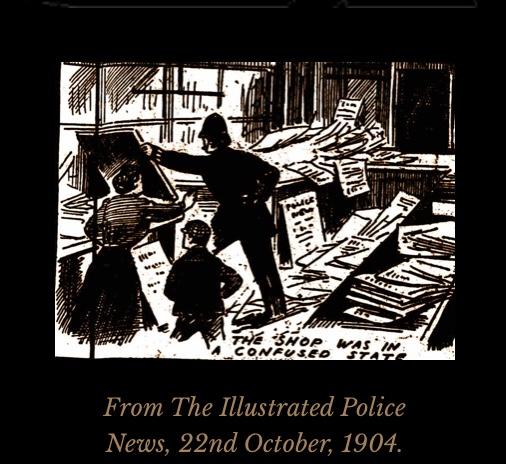
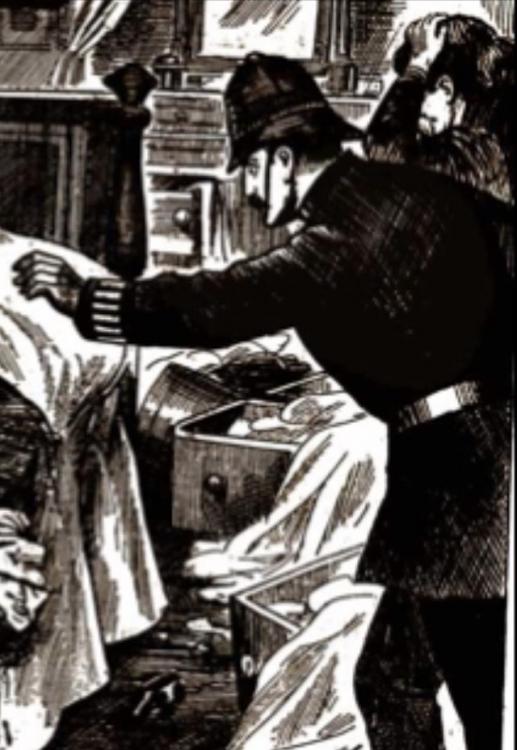

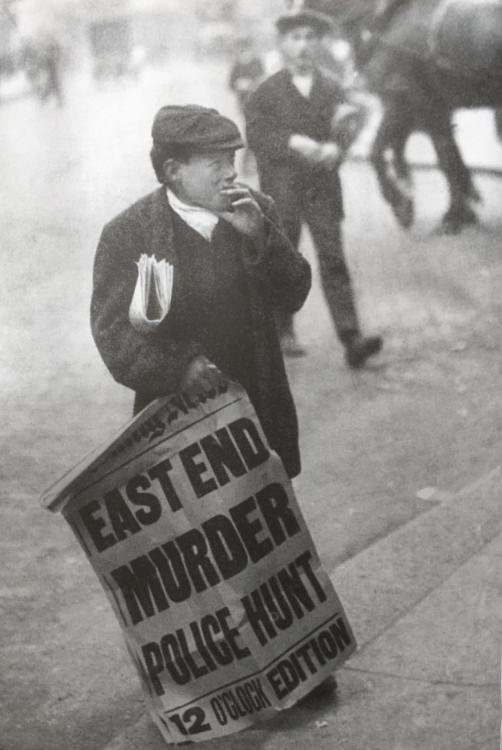
Welsh Ranks on Police LSGC medals.
in Great Britain: Mervyn Mitton's British & Colonial Police Forces
Posted
Just thinking outside the box for a moment, I think I'm right in believing that medals named in Welsh must be the rarest example of medals issued to British Police Officer in the history of the issue of the Police LSGC. Wiki has total officers serving in Wales in 2006 as 7529. I envisage that this amount hasn't increased that significantly since 2006. When you then consider out of that number how many go on to serve the required 20 years and out of that number how many elect to have their medals engraved with Welsh ranks and out of that number how many find their way onto the market. I suspect the odds of ever adding one to your collection is bordering on hens teeth status...................?